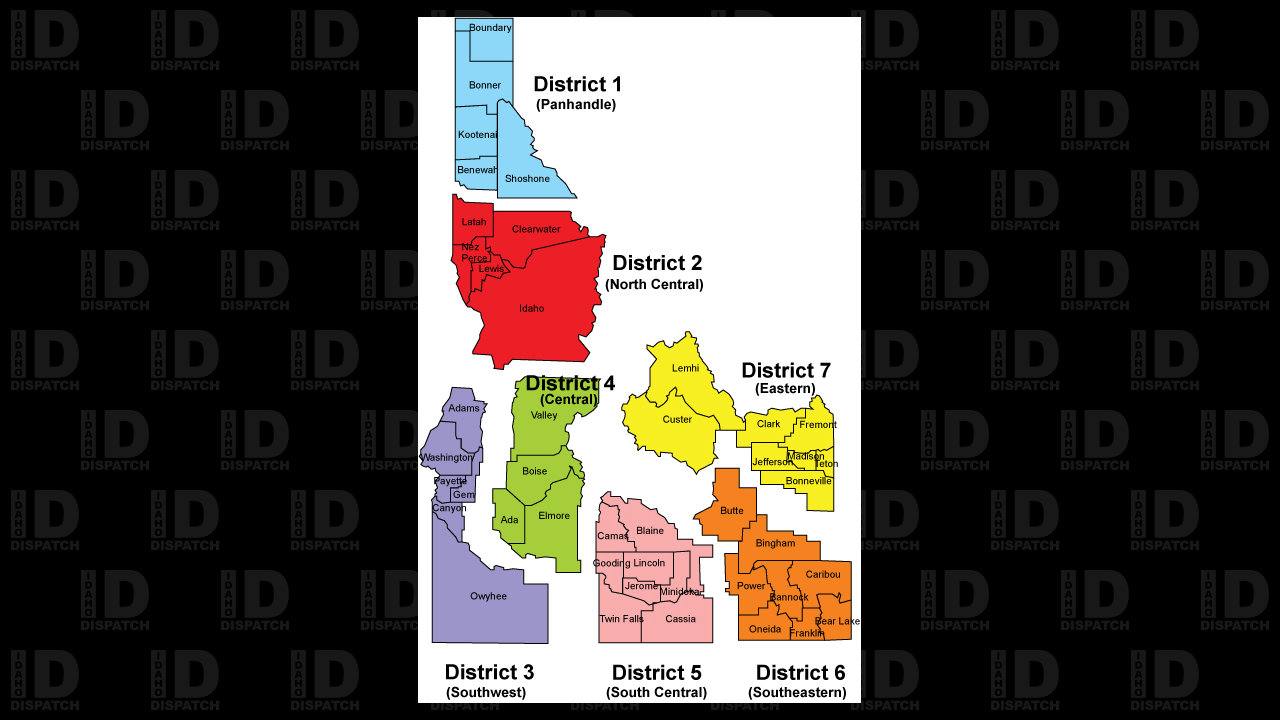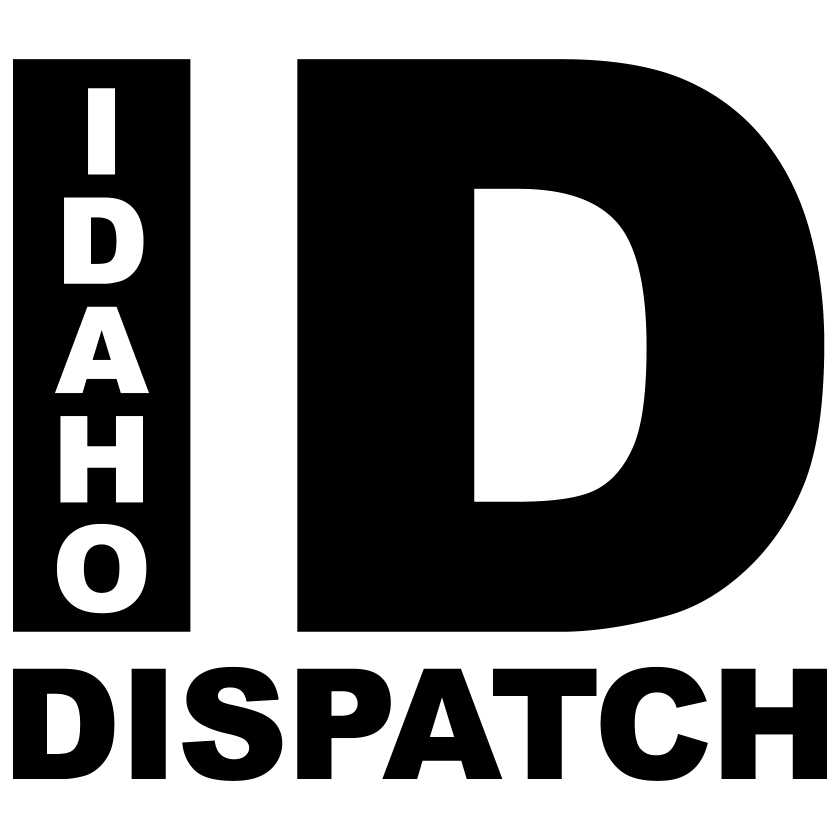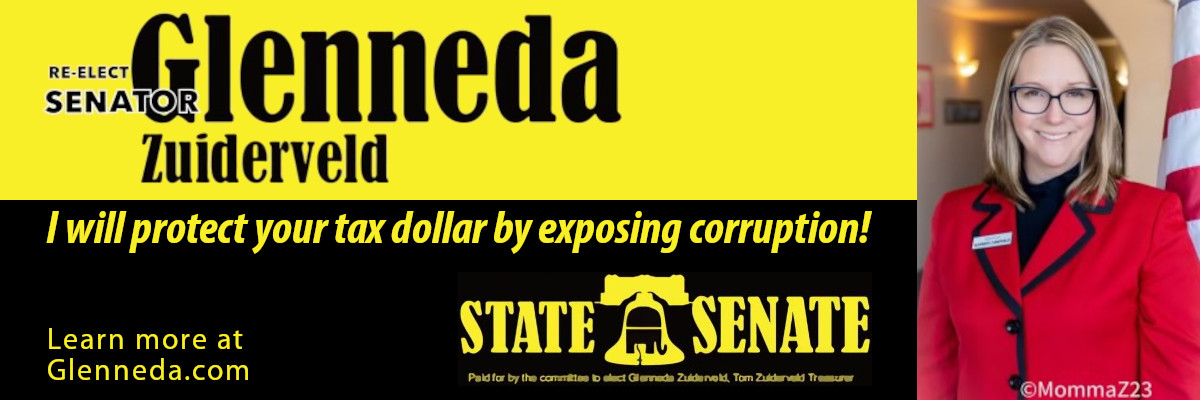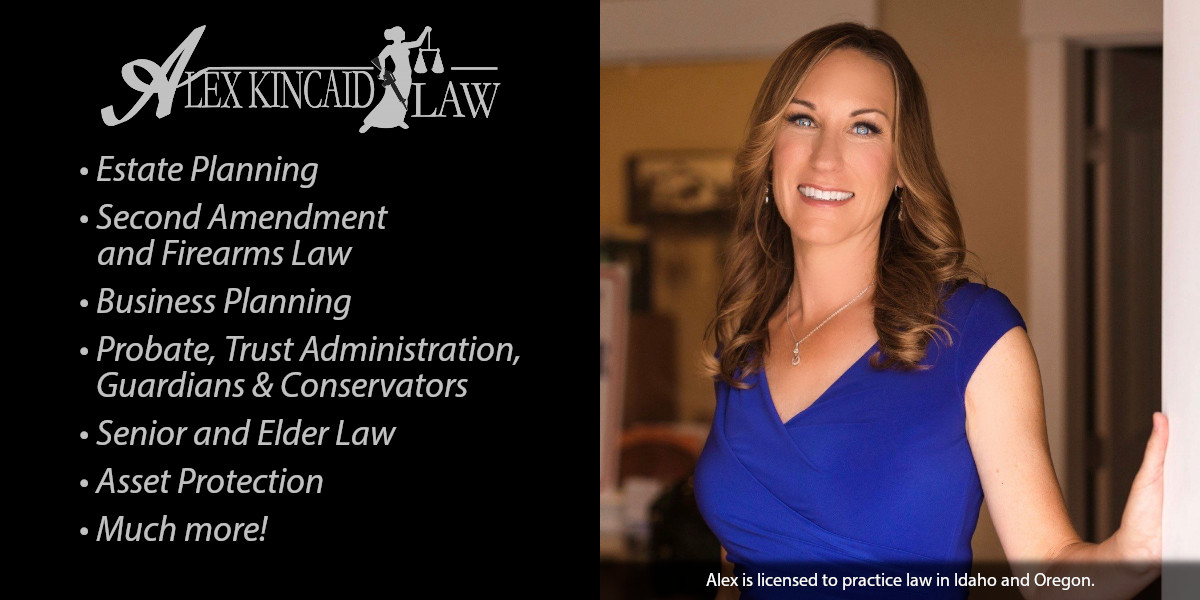
Answers to Frequent Questions about Idaho’s Public Health Districts
By Idaho Dispatch Staff • November 27, 2020Idaho’s public health districts have been in the news a lot in 2020.
Primarily, the districts have been the key topic of discussion over mask mandates. Idahoans have protested at meetings regarding mask mandate orders from the health districts.
In the comments section of Idaho Dispatch articles and social media posts, we see questions pop up frequently about who the health district boards are composed of, how many are there, and other information about them and the authority they have.
Idaho Dispatch wanted to give you some basic information about the health districts and hopefully answer some of the questions you have regarding them.
First, you should know that there are seven public health districts in Idaho. Below is a list (Idaho Code 39-408) of the health districts and which counties they cover:
Panhandle Health District (1): Boundary, Bonner, Kootenai, Benewah, and Shoshone
Idaho North Central District (2): Latah, Clearwater, Nez Perce, Lewis, and Idaho
AdvertisementSouthwest District Health (3): Adams, Washington, Payette, Gem, Canyon, and Owyhee
Central District Health (4): Valley, Boise, Ada, and Elmore
South Central Public Health District (5): Camas, Blaine, Gooding, Lincoln, Jerome, Twin Falls, and Cassia
Southeastern Idaho Public Health (6): Butte, Bingham, Power, Caribou, Bannock, Oneida, Franklin, and Bear Lake
Eastern Idaho Public Health (7): Lemhi, Custer, Clark, Fremont, Jefferson, Madison, Teton, and Bonneville
Idaho Code 39-401 states the legislative intent for the health districts is for them to act as a government entity but not an official body of state government.
Here is part of the code which describes that:
The various health districts, as provided for in this chapter, are not a single department of state government unto themselves, nor are they a part of any of the twenty (20) departments of state government authorized by section 20, article IV, Idaho constitution, or of the departments prescribed in section 67-2402, Idaho Code.
It is legislative intent that health districts operate and be recognized not as state agencies or departments, but as governmental entities whose creation has been authorized by the state, much in the manner as other single purpose districts.
Here is the goal of the health districts according to their own website:
Idaho’s seven Public Health Districts were established in 1970 under Chapter 4, Title 39, Idaho Code. They were created to insure essential public health services are made available to protect the health of all citizens of the State—no matter how large their county population.
Part of the discussion among Idahoans is what authority the health district uses to issue mask mandates. There is not a specific law that states the boards can issue a mask mandate specifically but the boards appear to have the authority to administer and enforce health laws as well as do things required for the “preservation and protection of the public health” according to Idaho Code 39-414.
Here is the wording specifically:
POWERS AND DUTIES OF DISTRICT BOARD. The district board of health shall have and may exercise the following powers and duties:
(1) To administer and enforce all state and district health laws, regulations, and standards.
(2) To do all things required for the preservation and protection of the public health and preventative health, and such other things delegated by the director of the state department of health and welfare or the director of the department of environmental quality and this shall be authority for the director(s) to so delegate.
Another common question is how the board members are chosen and how they can be removed and that answer can be found in Idaho Code 39-411.
In essence, the county commissioners of the health district appoint board members to five-year terms. It would take a majority of the county commissioners to also remove a board member.
At least one of the board members must be a physician, licensed by the Idaho state board of health if one is available for appointment.
Here is part of that section of Idaho code:
(2) Each member of the district board of health shall be a citizen of the United States, a resident of the state of Idaho and the public health district for one (1) year immediately last past, and a qualified elector. One (1) member of the district board, if available to serve, shall be a physician licensed by the Idaho state board of medicine, and no more than one (1) member shall be appointed from any professional or special interest group. All members shall be chosen with due regard to their knowledge and interest in public health and in promoting the health of the citizens of the state and the public health district. Representation shall be assured from rural as well as urban population groups.
(3) All appointments to the district board shall be confirmed by a majority vote of all the county commissioners of all the counties located within the public health district. Any member of the district board may be removed by majority vote of all the county commissioners of all the counties located within the district.
(4) The members of the district board of health shall be appointed for a term of five (5) years, subject to reappointment; and vacancies on the board for an unexpired term shall be filled for the balance of the unexpired term. Notwithstanding any provision of this section as to term of appointment, if a board member is an appointee for a board o county commissioners, and if that board member is an elected county commissioner and leaves office prior to the expiration of the term of the district board of health, the board of county commissioners may declare the position vacant and may appoint another currently elected county commissioner to fill the unexpired portion of the term of that board member.
(5) The members of the district board, each year, shall select a chairman, a vice chairman and a trustee. The trustee shall represent the district board as a member of the board of trustees of the Idaho district boards of health.
Are district health boards an unelected body?
This is a question Idaho Dispatch has frequently received. The short answer is yes, health district boards are an unelected body.
However, some of the board members are elected officials and in the case of the health boards, they are county commissioners.
But the public has no direct say in who is or is not appointed to one of the health boards.
Any changes to the power and authority of the health boards would have to be made by Idaho’s legislature. Very few changes have been made to Title 39 Chapter 4 since 1970 when the public health districts were established.
If you have any further questions regarding the health boards, please let us know in the comments below but most of the answers to the questions about the health districts can be found in Idaho Code Title 39 Chapter 4.
Tags: Idaho, Idaho Code Title 39 Chapter 4, Idaho Public Health Districts, Mask Mandate
4 thoughts on “Answers to Frequent Questions about Idaho’s Public Health Districts”
Comments are closed.








“To do all things required for the preservation and protection of the public health and preventative health, and such other things delegated by the director of the state department of health and welfare or the director of the department of environmental quality and this shall be authority for the director(s) to so delegate.”
These gives these two people, the director of health and welfare, and the director of the environmental quality, far too much unchecked power. This gives them power over the people. I would like to see these people prove their case of “preservation and protection of the public health” in court over these masks agendas.
But Idaho codes and statutes still have to stay within the framework of the Idaho constitution. We don’t set the constitution aside because of a pandemic. The constitution guarantees the right to peaceably assemble. Search and seizure requires a warrant signed by a judge. Additionally, even if the legislature has delegated some authority to public health departments, Article 2, which outlines the separation of powers, forbids one branch of government, or those charged with the exercise of those powers, from exercising powers delegated to the other branches. That means the public health department cannot pass mandates AND enforce them. Governor cannot pass mandates and enforce them. (Executive branch can’t pass legislation at all!)
ARTICLE II – DISTRIBUTION OF POWERS
SECTION 1. DEPARTMENTS OF GOVERNMENT. The powers of the government of this state are divided into three distinct departments, the legislative, executive and judicial; and no person or collection of persons charged with the exercise of powers properly belonging to one of these departments shall exercise any powers properly belonging to either of the others, except as in this constitution expressly directed or permitted.
They can enforce laws, not make them.
These Health boards have too much power. It is time to remove them from existence. 50 years of unchecked power. Things have gone very wrong.
Is it time to get the legislature to remove these power hungry boards?